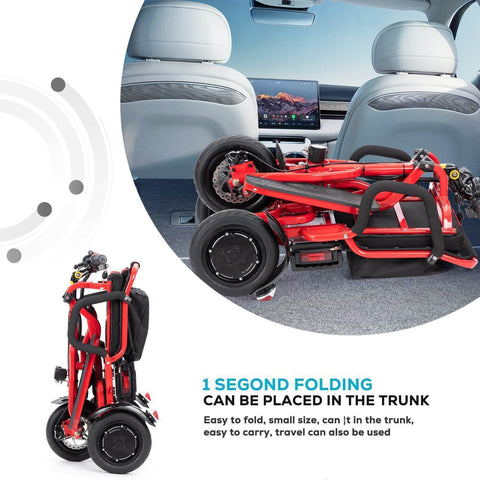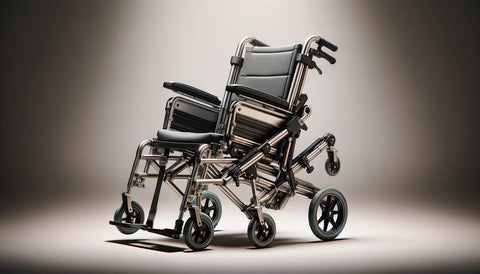Introduction
Creating a barrier-free home environment is crucial for individuals using wheelchairs, enhancing both their independence and quality of life. This guide offers essential tips and insights on making your home accessible, supported by expert recommendations and innovative products from Alton Mobility.
Understanding Accessibility Needs
A barrier-free home eliminates obstacles that restrict movement or access for those in wheelchairs. Understanding the specific needs is the first step in planning effective home modifications.
Doorways and Entry Points
Ensuring wide doorways and accessible entry points is fundamental. Consider widening doorways to at least 32 inches to accommodate wheelchairs, and use lever-style door handles for easier operation.
Accessible Flooring Options
Choose smooth flooring materials like hardwood or vinyl that allow wheelchairs to move freely without resistance. Avoid thick carpets and opt for flush transitions between different flooring types.
Kitchen Design for Wheelchair Accessibility
Adjust kitchen layouts by installing lower countertops and sinks, and ensure that appliances are accessible. Pull-out shelves and drawers improve accessibility to kitchen tools and ingredients.
Bathroom Modifications for Increased Accessibility
Equip bathrooms with walk-in showers, grab bars, and wheelchair-accessible sinks. Consider higher toilets or add toilet seat risers to assist transfers from a wheelchair.
Living Areas
Arrange furniture to create clear pathways. Opt for open space designs that facilitate easy movement and accessibility.
Bedroom Accessibility Enhancements
Adjust bed heights to match the wheelchair seat for easier transfers. Ensure that wardrobes and closets are accessible, with lower hanging rails and accessible shelves.
Smart Home Technology for Accessibility
Incorporate smart home technology to enhance independence, using voice-activated systems for lights, locks, and home entertainment.
Outdoor Accessibility
Install ramps instead of steps for easier access to outdoor spaces. Ensure that patios and gardens are wheelchair-friendly, with wide pathways and raised planting beds.
Safety Considerations
Implement safety measures such as emergency pull cords and non-slip surfaces to prevent accidents and ensure a safe living environment.
Financial Resources for Accessibility Improvements
Explore grants and financial aid options available for home modifications to improve accessibility.
Legal Requirements and Compliance
Familiarize yourself with ADA guidelines and local building codes to ensure compliance during home modifications.
Conclusion
Creating a barrier-free home is a transformative step towards independence for wheelchair users. By following these tips and incorporating recommended products, you can significantly enhance the accessibility and safety of your home.
Frequently Asked Questions (FAQs)
What is the minimum door width for wheelchair access?
The minimum recommended door width for wheelchair access is 32 inches.
How can I make my existing home wheelchair accessible without major renovations?
Minor modifications such as installing ramps, widening doorways, and adding grab bars can make a significant difference. Consider portable solutions like threshold ramps and removable grab bars for an easy start.
What are the best smart home devices for someone in a wheelchair?
Voice-activated devices such as smart speakers, lights, and thermostat controls are ideal for enhancing independence without the need for physical interaction.
Recommended Products
Explore Alton Mobility's top products to enhance your home's accessibility:


